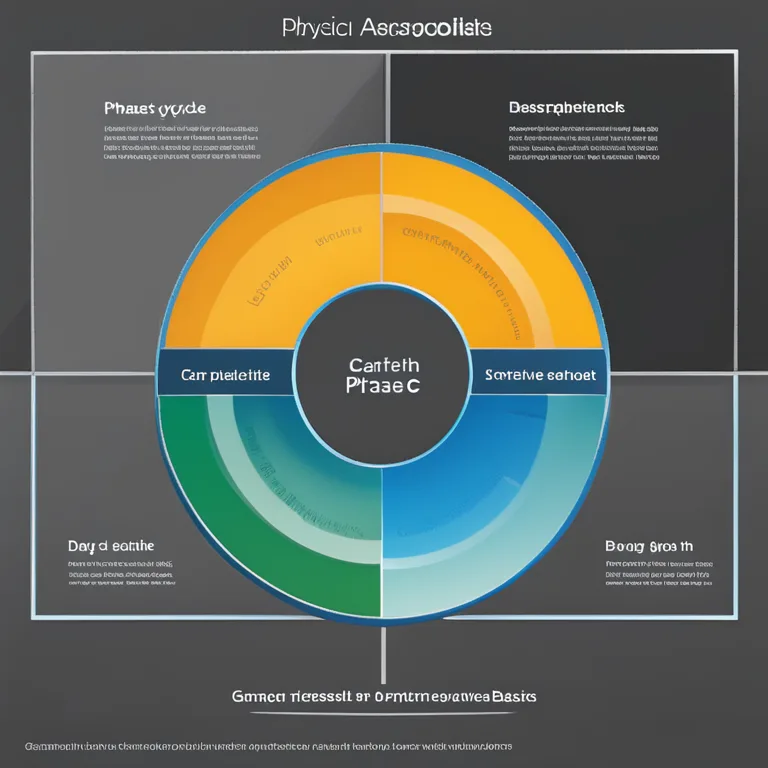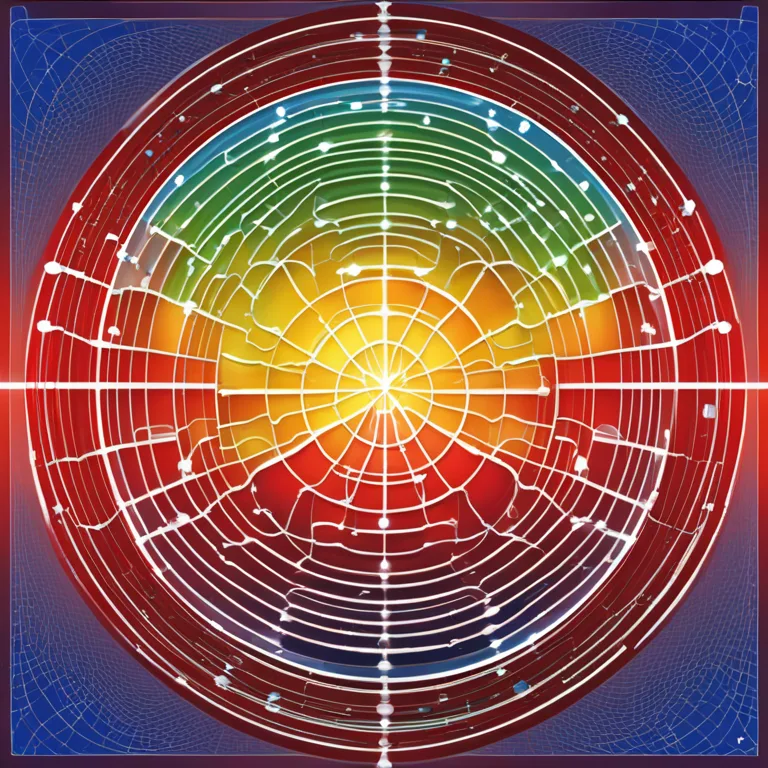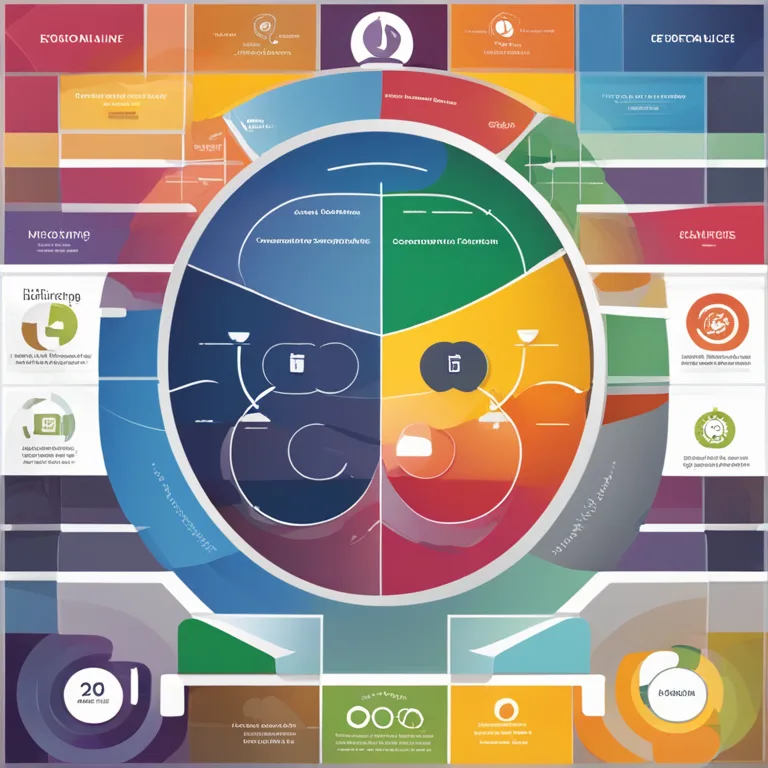
Mastering Biorhythms Chart Interpretation
Learn the essentials of reading a biorhythms chart to tap into your physical, emotional, and intellectual cycles for better life harmony.
article by Adrian Wallace
Introduction to Biorhythms
Biorhythms theory suggests that our lives are influenced by natural mathematical cycles. It posits that from the moment of birth, there are three cycles that affect our physical, emotional, and intellectual states. A biorhythms chart visually represents these cycles to help individuals anticipate periods of strength or weakness. It's a concept embraced by many to enhance decision-making and well-being. In this digital age, understanding your biorhythms can be as simple as access to the internet and basic chart interpretation knowledge.

Physical Cycle Basics
The physical cycle lasts for 23 days and is considered to govern our strength, health, and stamina. When planning physically demanding activities or assessing your energy levels, this cycle is crucial. The chart showcases the positive phase (days when your physical capabilities are high) and the negative phase (days when rest and recovery might be needed). Mapping this out can inform your fitness regime, diet, and even your social activities in the coming days and weeks.

Emotional Cycle Insights
The emotional cycle, spanning 28 days, reflects our emotional state, mood swings, and creative abilities. Understanding the intricacies of this cycle can be transformative, allowing you to better comprehend your interactions with others, your emotional responses, and creativity peaks. The emotional high phase might be the perfect time for activities requiring emotional intelligence, while during a low phase, self-care becomes more important.

Intellectual Cycle Understanding
Your intellectual cycle, with a 33-day duration, informs on mental acumen, alertness, analytical capabilities and overall cognitive functions. When the curve is ascending, it's a period for cognitive challenges and decision-making, whereas a downward curve indicates a time for routine tasks and relaxation. Insight into this cycle allows for strategic planning of mentally intensive tasks, be it examinations, strategic meetings, or learning new skills.

Reading the Biorhythms Chart
A biorhythms chart presents the three depicted cycles as wave-like forms plotted against a timeline. Days on which a cycle crosses the midline, transitioning from a high to a low phase (or vice versa), are critical, warranting cautiousness. Biorhythm programs and apps often offer personalized charts based on your birthdate, providing daily updates for planning purposes. Remember, the middle line represents balance; above it, the high phase, and below it, the low phase for each respective cycle.
Syncing Life with Biorhythms
Integrating biorhythms into life management can be beneficial. While these cycles are not destiny, they provide a lens through which to view potential energy ebbs and flows. Biorhythms are not about strict adherence, but rather about finding patterns and rhythms which resonate with your personal experience. Over time, you might discover the accuracy of your chart's predictions, leading to informed decisions and a harmonious life in sync with your natural rhythms.
Advanced Tips for Biorhythm Chart
For more in-depth analysis, some enthusiasts incorporate other biological cycles such as the 38-day intuitive cycle or the 43-day spiritual cycle. While these aren't as widely recognized, they can potentially add another layer to understanding your intrinsic patterns. Cross-referencing these cycles with pivotal life events can also enhance the significance and personal relevance of your chart readings. Consider this as you continue your journey with biorhythms.
Published: 12/28/2023
Modified: 12/28/2023
More predictions
Come back here soon to learn more about yourself and your future


Biorhythm Insights: Patterns of Life's Peaks and Valleys
Discover the intriguing concept of biorhythms and see practical examples of how these physiological cycles might influence our daily lives.


The Intricacies of Biorhythms: A Detailed Guide
Delve into the mechanics of biorhythms and how they influence our daily lives, with insights into their practical applications and relevance.


Harmonizing Life Rhythms: Biorhythm Compatibility Explained
Discover how biorhythm compatibility impacts relationships and personal interactions, fostering harmony and understanding.